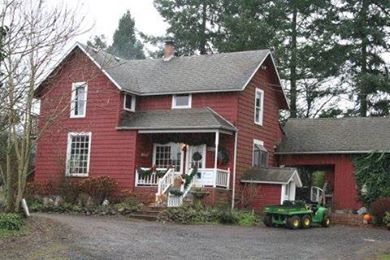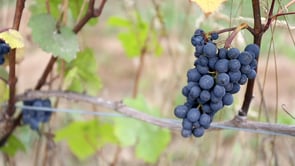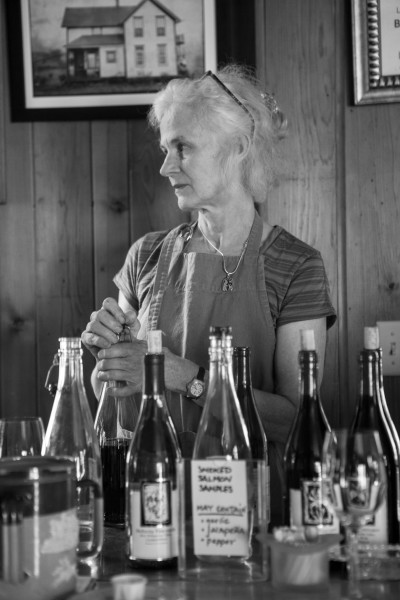History of the Vineyard
The story of the Helvetia Vineyard & WineryThe History of the Soils, the People and the Vineyards
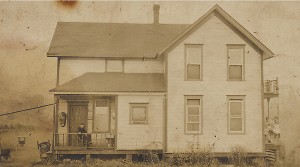 Helvetia Vineyards and Winery is located in the foothills of the Tualatin Mountains, the northernmost grape growing area in the Willamette Valley. The vineyards are located just above the Tualatin Valley floor between 450’ and 650’ elevation. Cascade and Helvetia soil types predominate. The Cascade soils consist of sedimentary soils deposited in the Valley by the Missoula Floods about 15,000 years ago. The Helvetia soil types consist of weathered soils deposited by the Cascade eruptions about 15 million years ago.
Helvetia Vineyards and Winery is located in the foothills of the Tualatin Mountains, the northernmost grape growing area in the Willamette Valley. The vineyards are located just above the Tualatin Valley floor between 450’ and 650’ elevation. Cascade and Helvetia soil types predominate. The Cascade soils consist of sedimentary soils deposited in the Valley by the Missoula Floods about 15,000 years ago. The Helvetia soil types consist of weathered soils deposited by the Cascade eruptions about 15 million years ago.
The area was originally occupied by the Atfalatis, Northern Kalapuya people who practiced pyroculture whereby the fertile lands of the valley provided a rich source of acorns, hazelnuts and berries while the foothills served as summer campgrounds and hunting areas.
The Atfalati’s name was the root of the original Tuality County that became Washington County in 1849. Swiss families settled the Helvetia area in the late 1800’s and many farms are still owned and operated by their descendants. In addition community residents host cultural events such as a summer picnic and culture fest that draw guests from throughout the Northwest.
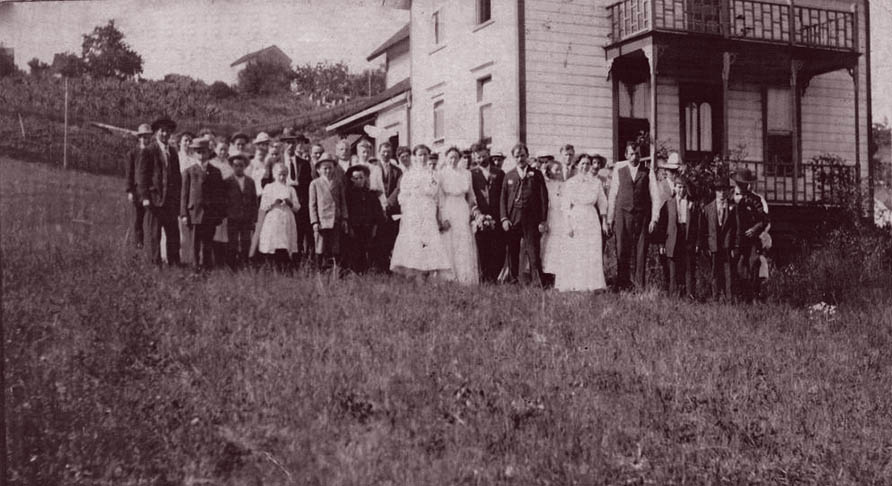
Among the early settlers to the die Schweizer Kolonie Helveia were Jakob and Margaritha Yungen who, in 1889, settled and developed the land on which the winery and vineyards are located.
Jakob Yungen wrote to his relatives in Switzerland of his new home in Oregon; “The North wind howls here every time it frosts. However, the grapes often ripen full and wonderful.” According to family members, Jakob Yungen made approximately 360 gallons of wine each year from his own vineyard.
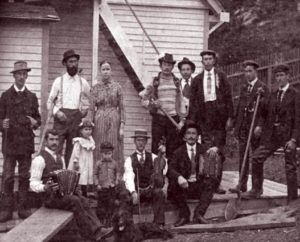 Jakob Yungen’s original winemaking equipment is still on exhibit at our visitors’ center. We believe he continued his winemaking during Prohibition — for medicinal purposes, of course — underground in his home wine cellar. Historic photographs at our visitor center show members of the Swiss community hoisting glasses of Helvetia-made wine outside the Swiss Club which was once located across Bishop Road. We also have photos of fiddlers in 1906 at the winery.
Jakob Yungen’s original winemaking equipment is still on exhibit at our visitors’ center. We believe he continued his winemaking during Prohibition — for medicinal purposes, of course — underground in his home wine cellar. Historic photographs at our visitor center show members of the Swiss community hoisting glasses of Helvetia-made wine outside the Swiss Club which was once located across Bishop Road. We also have photos of fiddlers in 1906 at the winery.

